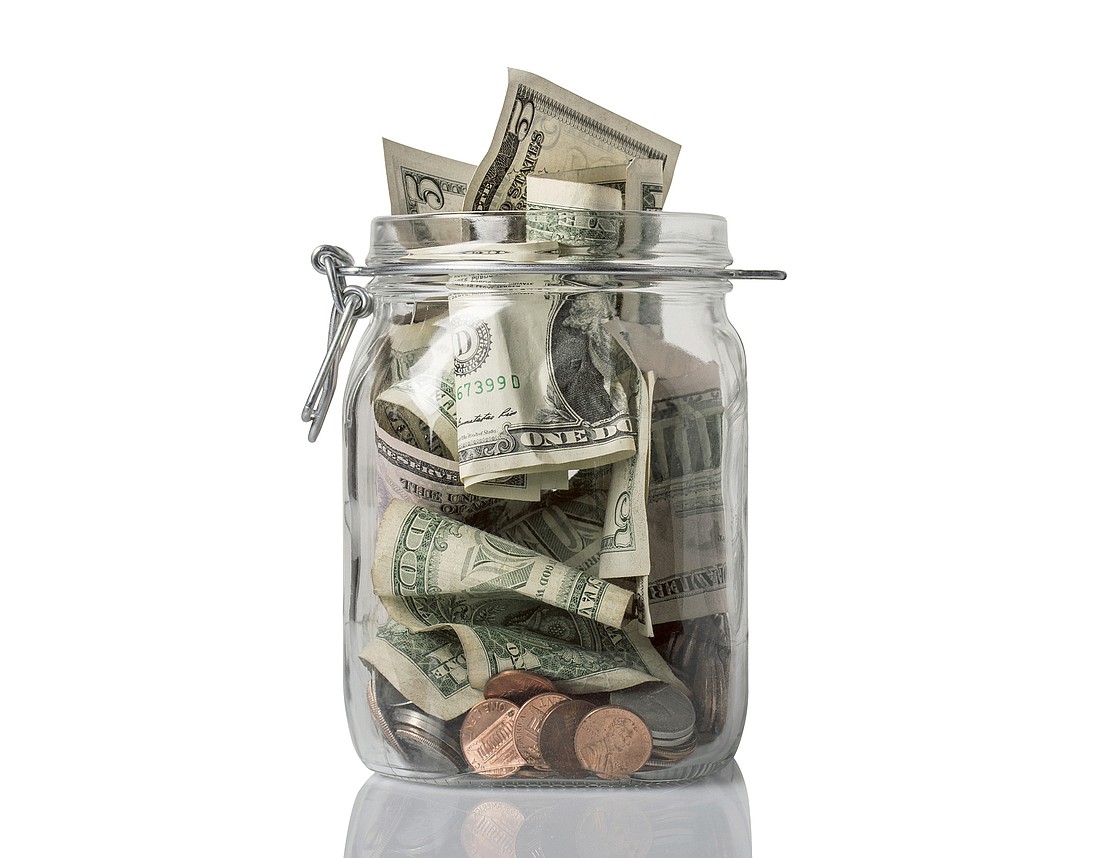- July 26, 2024
-
-
Loading

Loading

Budgeting is a valuable tool in the world of personal finances, but only 41% of American households follow a budget, according to U.S. Bank.
Having a personal budget is a crucial piece to getting a handle on your finances — especially when you’ve found yourself in a situation where you have “too much month left at the end of your money” more than once.
Your budget, put simply, is a plan for how you’ll spend your money during a certain time period — usually either in a two-week period or in one month. Budgets begin with your income, from which you then subtract your expenses.
It’s a great way to tell your money where to go. But before you can tell your money where to go, you need to first have an idea of where it’s been going.
Cyndia Rivera, a Clermont-based certified professional finance coach who owns Family Finances Redesigned, said the first step is tracking where your money goes.
“They may have to go back two or three months and look at bank statements or credit cards (to) go back, track their expenses and look at where all of their money is going,” Rivera said. “When we sit down and start talking about where their money is going, not everything is included. You forget things. You’ll say, ‘I spend money on food, groceries, toiletries,’ but they forget the times they’ve gone to restaurants and all the other things in between. When someone is not tracking, they don’t really know where it’s all going.”
Once you’ve reviewed your previous spending and have a better picture of where your money has gone, you can begin working on your budget and create a plan for telling your money where to go now.
There are different ways to budget. Some people use apps such as Mint, EveryDollar or You Need A Budget. Others create a simple spreadsheet. Still others prefer the traditional pen-and-paper method. Rivera said the most important thing is finding a budgeting method that works for you.
“Make it simple,” she said. “It does not have to be anything complicated. What you want is something that you feel comfortable with that you can follow for the long term.”
The first part of creating a budget is listing your income and then your expenses. This includes things like bills, groceries, gas, toiletries, cell phones, subscriptions and extracurricular activities. Include each payment’s due date and set aside money for each budget category. If there is debt in the picture, you’ll also need to determine the method you want to use for paying it off.
“You don’t want to have a deficit,” Rivera said. “You want to either be a zero balance, which is fine, or have a surplus. If there is a deficit, then you have to look at two things: Where am I spending more money, and what do I need to cut out? And those are what we call the variable expenses which are the things you can control — groceries, gas, things like that.”
Once you determine the best budgeting method for you and create a plan of attack, the most important thing to do is stick with it.
“The whole point of a budget is to forecast where your money is going to go before it comes in,” Rivera said. “It’s a plan.”